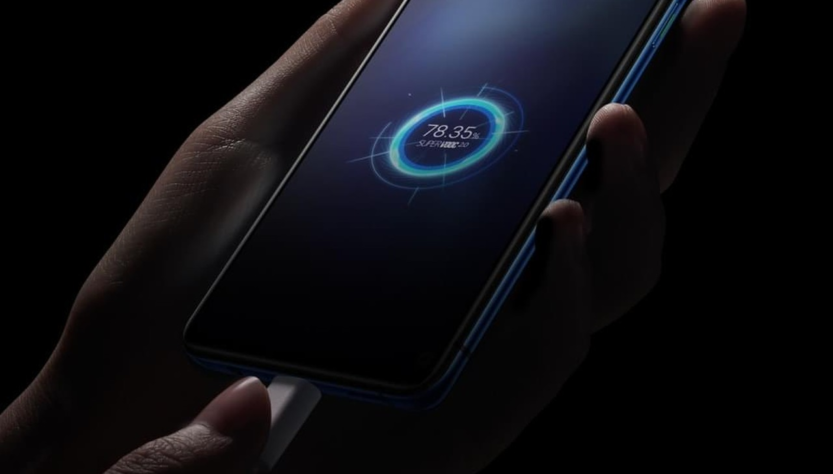The technology of Fast Charging or also called Quick Charge is a technology that makes charging the device battery faster. At first, the USB can provide power up to 500mA at 5V voltage, which works well for a phone in the early generations. Current opto become faster and the screen size gets larger, the size of the battery capacity has also increased. Charging technologies also naturally follow the development of this.
Charging technologies are divided into several standard and some are used by a particular manufacturer. Differences may exist at the mention of the name, but actually the way it works is almost the same, namely to accelerate the charging power. To get the maximum benefit from fast charging, all parts must support this technology ranging from smartphones or other devices that support fast charging, adapter, up to a special cable.
Here are some standard charging technologies that are common in the market:
USB Port
As we know, the USB standard in the early days of its emergence have the power to power up to 2.5 W. When this has gone up to 4.5 W with technology USB 3.0. This is the power a maximum of official than a regular USB port, although it is clear charger generally has passed this limit.
Currently, charger USB standard generates a voltage of 5V on the power 2A. This ranges from 10W to or slightly higher than the microUSB cable.
USB-C cables can drain more power, up to 5V at 3A = 15W.
USB Power Delivery
In 2012 it was announced that there are five standard types of power. These standards range from 10W to 100W, although the phone seems to have chosen the 12V on the mode 1.5 A = 18W.
Update USB Power Delivery 2.0 in 2016 reached a maximum of 100W, but it gives better control on the flow. A standard USB cable is using up to four pairs cable power/ground to drain the power of it.
The next Update USB Power Delivery 3.0 2017, allowing voltage regulation on 20mV.
Lithium battery used to work in the range of 3.8 V so that the drain voltage is high to smartphone requires hardware device in device to turn down the voltage. This raises a lot of heat which makes it a little inefficient.
This is why the USB standard is still wearing a low voltage. At high power levels, another problem appeared, one of the thin wires inside a USB cable can’t carry a lot of power. USB-C cables have four wires of the power/grounding, but even so still there is one point where the only way to improve the power require an increase in voltage.
Qualcomm Quick Charge
The Development Of The Technology Of Fast Charging Qualcom Quick Charge
The USB-IF (USB Implementers Forum) had to intervene when some of the standard ownership appears. Qualcomm introduced Quick Charge in the Snapdragon 600 in the year 2013 and still very simple with the maximum voltage on the 5V at 2A = 10W.
Quick Charge 2.0 was released in the year 2015 with an increase in voltage up to 9V at 2A = 18W, although the most common modes supported is 15W. Motorola using this technology with the name of the market Turbopower. Adaptive Fast Charge on Samsung smartphones also work adheres to technology Quick Charge 2.0, so also the technology BoostMaster the property of Asus.
As in the USB Power Delivery 2.0, Quick Charge initially set several levels of voltage/current. This changed in version Quick Charge 3.0 year 2016, which allows the phone to control the voltage in the improvement of 200mV, can change from 3.6 V to 20V.
Quick Charge 4.0 which was released in the year 2017 is the standard Quick Charge 3.0 which is combined with the USB Power Delivery that can achieve 27W, is better than Quick Charge a maximum of 18W.
Quick Charge 4.0+ is a new development. This standard is based on the standard USB Power Delivery 3.0 and can stream up to 27W with the switch from 3V to 11V at 20mV and from 0A to 3A at 50mA.
The need for digital IT is needed in daily activities, Bead IT Consultant is the right choice as your partner, visit our website by clicking this link: www.beadgroup.com.

